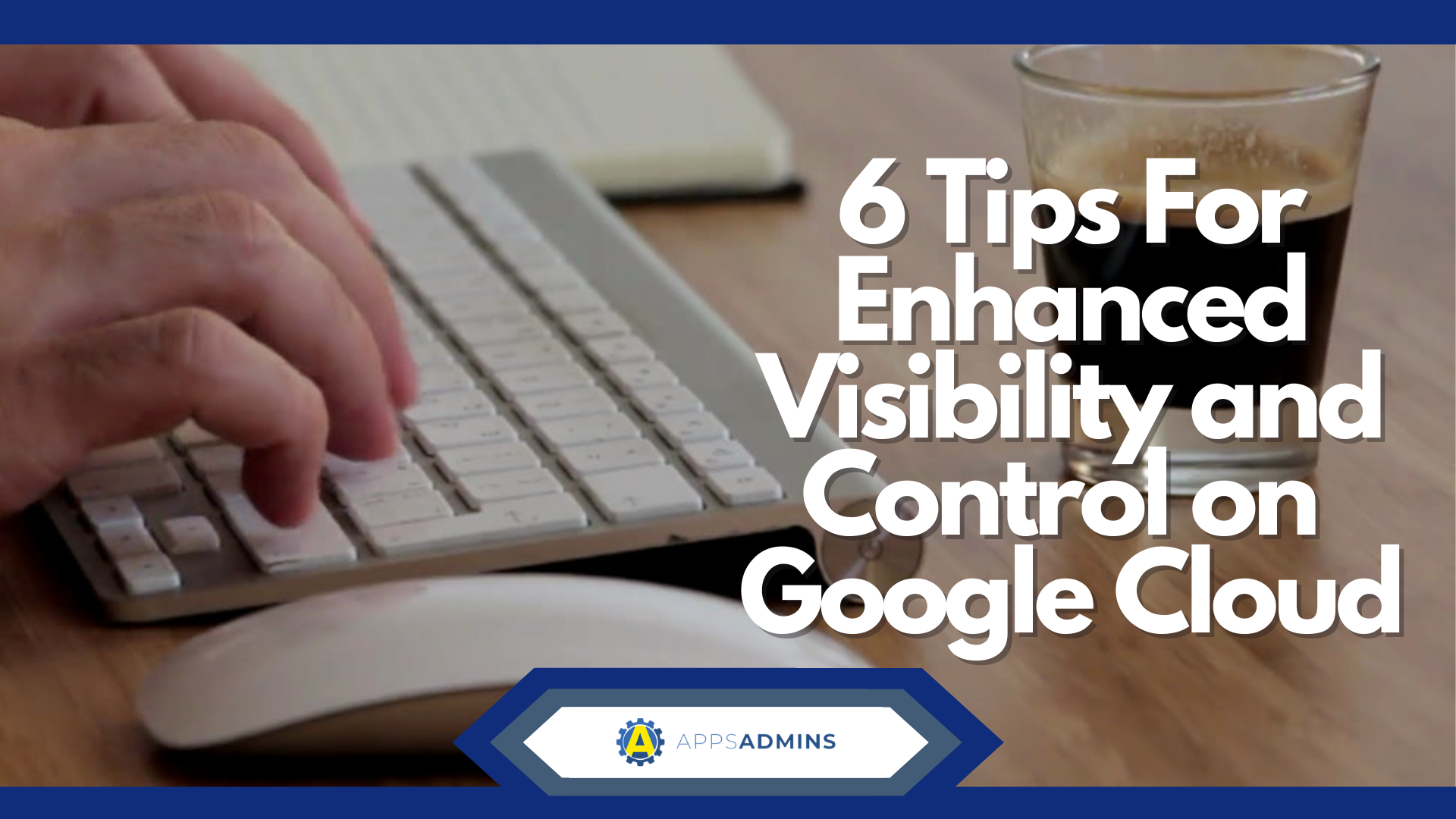Google Workspace Business Free for 30 Days
Sign up for a Free 30 Day Trial of Google Workspace Business and get Free Admin support from Google Certified Deployment Specialists.


1. Context
Many of you, our Google Cloud customers, have introduced work from home policies and are in the process of making flexible work a part of their standard policy. Here is some additional guidance on how to thrive and effectively work from home.
2. Benefits and struggles of remote work
Working from home has benefits and struggles you should consider:
Benefits
- Increases productivity
- Increases employee retention
- Reduces stress
- Benefits the environment
- Improves mental and physical health
- Increases flexibility
Struggles
- Difficult to unplug from work
- Loneliness
- Collaboration and communication difficulties
- Distractions at home
- Different timezone than teammates
- Staying motivated
In order to fully realize the benefits and mitigate some of the struggles, Google Cloud Professional Services has created a best practice guide to help your team continue to be effective while working remotely.
3. Top tips for working from home
- Designate your new work “spot” and customize it. It’s easy to just plop down on the couch or work from the kitchen table, but having a consistent spot that you “go to” every day to work helps your brain associate that spot with getting work done. Choose the same spot for a few days and your brain (and anyone else at home) will learn that when you’re in that spot, you’re focused. Make sure to customize your spot, too, so that you feel energized - make it a place you WANT to go to - just like you would at your desk at work! Also, ensure your new “spot” is ergonomic and does not add unnecessary strain to your body.
- Keep the routine. Try to stick to your usual routines like waking up, getting dressed, meditating, eating breakfast, THEN “commuting” to your new work-space. Staying in your pajamas, while comfortable, will make you feel less like it’s a regular workday and make it harder to get things done.
- Keeping the routine means going “home,” too. One of the hardest things about working from home is setting boundaries. Leave your computer in your work-space and only work when you’re in that spot. Set your work hours, just like you do at the office, and remind people when you’re available and when you’re not. Take mental breaks the way you would in the office to walk to a meeting or the break room--it’s important to be deliberate and intentional about your breaks.
- Have a plan. Part of staying on track and setting a work schedule at home is listing out what you have to do in a day, in the midst of distractions. Whether you do this the night before or as a way to start your day, create a daily plan to keep you on track.
- Lunch breaks really matter! Make sure you block some time for lunch (ideally go outside if possible) and avoid situations when you eat and work at the same time. Lunch breaks split the day into two parts and provides a great opportunity to recharge.
- Water cooler time is important, too. Just because we’re remote doesn’t mean we should give up personal connections. It’s more important than ever. Schedule catch up meetings or “water cooler” time to give you unstructured time to just catch up.
- Speaking of water coolers...make sure you’re well hydrated during the day. In the office, it’s often a great excuse for us to go for a glass of water, while it’s not that obvious while working from home.
- Stretch periodically (if your physical condition allows you to). A good lunch break combined with some physical exercise during the day is going to boost your productivity. For inspiration: Yoga for Office Workers that can be performed at home.
- Finish that one thing you’ve been “meaning” to do. Working in the office can be go-go-go and rarely leaves alone time or downtime to get longer-term things done. Interacting with coworkers is productive but think of this as a chance to catch up on some of your individual activities. Have you been wanting to complete that training, finish those expenses, brainstorm on that long term project or read those industry articles? Now is the time to do that.
- Start something new. Now that you don’t have that commute time, try something new —exercise, yoga, meditation--nothing like a bit of newly found free time to build a new routine, not to mention stress relief as we deal with changing times.
- Use advanced Hangouts Meet features. Hangouts Meet, or whatever your conferencing and chat tool is, will become your new best friend. And, just like your friend, it’s important to know everything it can do: lowering your video quality when you’re experiencing bandwidth restrictions or delays, dial into a video call but get audio through your phone, closed-caption your meetings and change your screen layout to make sure you can see everyone. The Hangouts Meet training and help section on the G Learning Center can help!
- Practice one-tab working. Used to multiple monitors at the office but don’t have that at home? Practice one-tab working to stay focused. If you’re on a video call from your laptop, minimize all other tabs and focus on the conversation--just like you would put away your phone or close your laptop in a meeting to stay engaged.
- Remember to show grace and kindness. Some people only have a one bedroom studio and are spending their days there. Some people have spouses at home, kids at home, or dogs at home so connectivity might be slower and there might be some barking or crying in the background--but just remember that everyone is doing their best to make working from home work for them.
Helpful Resources
- Working Remotely with Google Workspace playlist on YouTube
- It's Time to Structure Flexibility
- 10 Google Workspace Tips to Work with Remote Teams
- Working from Home? Use these 6 tips for better video calls
- Plan and Hold Meetings from Anywhere
- Hangouts Meet Training and Help
- Set Up Meet to help Your Team Remotely
- Hangouts Meet cheat sheet

.jpg?width=818&name=appsadmins-svg-rules-1%20(2).jpg)






